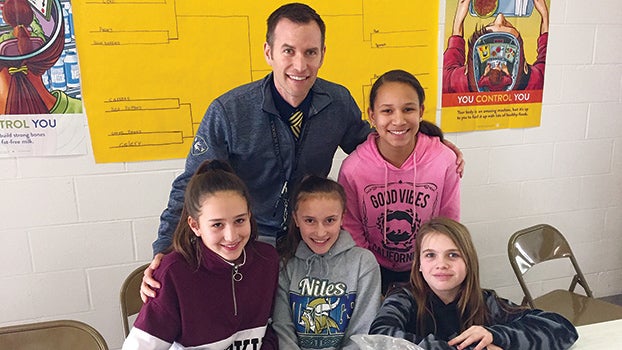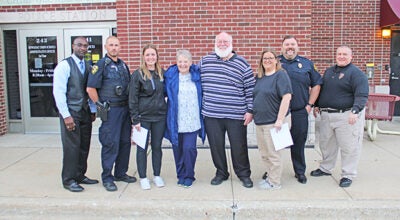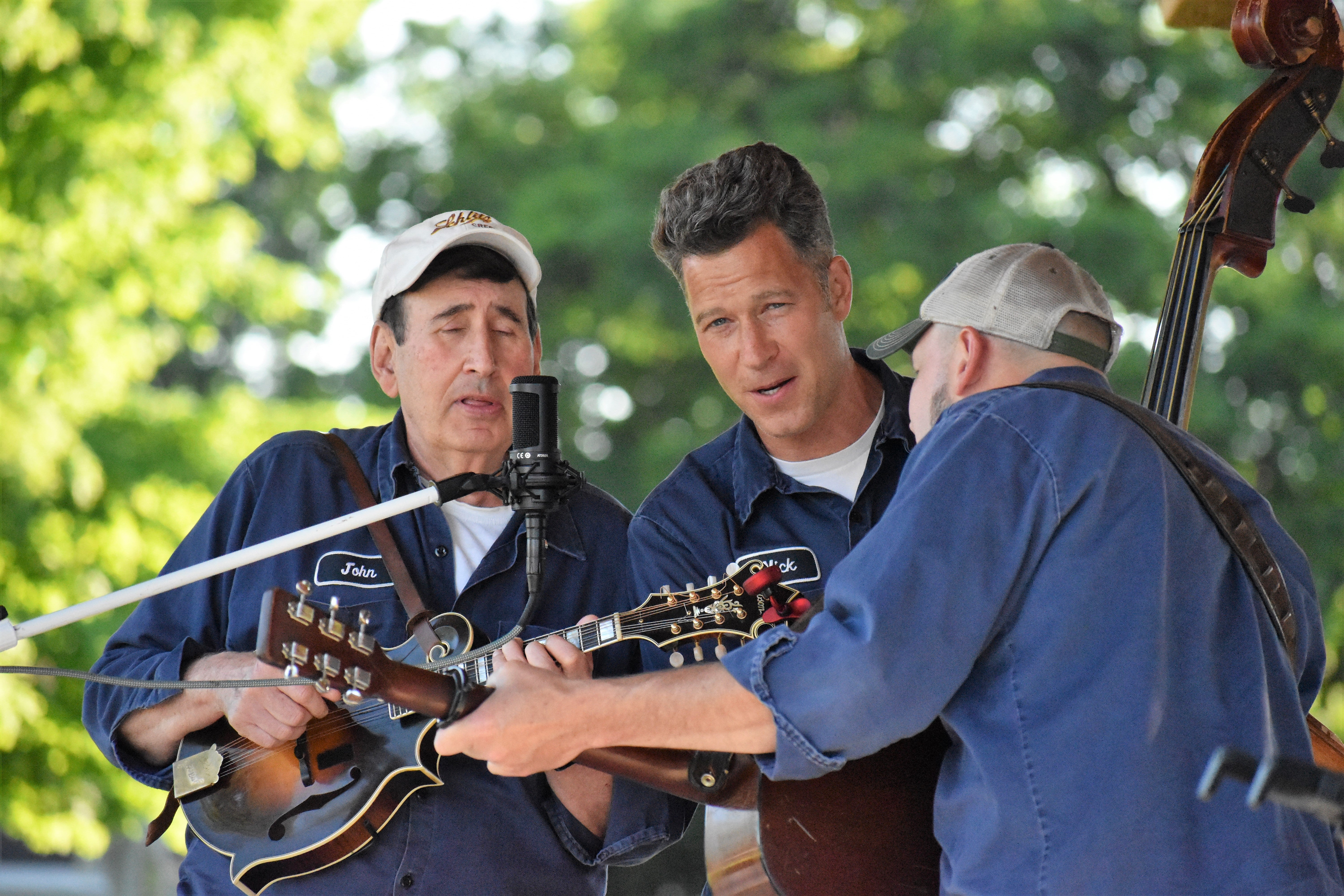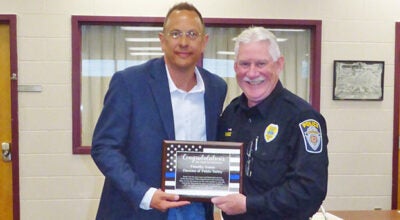March Madness nutrition initiative seeks to inspire students to eat healthy
Published 9:20 am Thursday, March 7, 2019

- From left, sixth-graders Lily Asmus, Bree Lake, Jazmin Smith and Olivia Taberski pose with Ring Lardner Assistant Principal Evan Winkler during a lunch hour Tuesday. Students pictured helped to hand out fruit for youth to sample. (Leader photo/KELSEY HAMMON)
NILES — When Ring Lardner Middle School students poured into the cafeteria for lunch on Tuesday, they started a month-long quest to find the answer to the age-old question: Which fruit or vegetable is the very best?
On Tuesday, sixth-graders Lily Asmus and Bree Lake passed out cups of strawberries and clementines. At a table next to them, Jazmin Smith and Olivia Taberski, also sixth-graders, tallied votes of students’ favorite.
The initiative is called March Madness and each lunch hour Tuesday through Fridays, students will sample a fruit variety and vegetable variety and vote for their favorite. Similar to the basketball season that takes place this time of year, a playoff bracket illustrates the many contenders to come.
Students will sample crunchy snap peas and carrots, leaves of spinach, chunks of fresh pineapple and slices of peaches, to name a few. Each week, one will inch to the top and become students’ favorite choice and a fruit or vegetable champion.
Assistant Principal Evan Winkler said the idea is to get more fruits and vegetables in students’ diets and get them excited about eating healthy.
“The hope is that if they like it, they would go home and ask their parents, ‘hey, I tried celery today or pears. Can we pick some up at the store?’” Winkler said.
This is the second year that the middle school has conducted March Madness, fruit and vegetable style. A Building Healthy Communities grant helped to cover the cost of the project.
March Madness also coincides with a nutrition program called, SNAP-Ed put on by Van Buren Intermediate School District.
“This adds to what they are doing,” Winkler said. “This kind of all ties together. We are trying to have a nutrition healthy atmosphere.”
Through the lessons in SNAP-Ed, students are learning how to cook healthy meals from salads to burritos.
The lessons in nutrition are important ones to teach youth, Winkler said. In addition to developing healthy habits, he said students can give themselves tools for classroom and life improvement.
“We really feel like a lot of the research on kids performing better in school has to do with getting sleep, drinking water or fluids and eating healthy,” Winkler said. “Those can really raise achievement for kids. So, if we can expose them and [encourage them] not to eat chips and candy bars and junk food all the time, they could be eating healthy foods at home.”
Students have also discovered something else through the lesson: fruits and vegetables can taste good.
Winkler described student feedback on the project as positive. Last year, he said some youth ate a fruit or vegetable that they had not tried before.
“One person said last year, ‘I tried papaya, and I never even knew what that was. That was great,’” Winkler said.
Throughout the next month, Winkler hopes to see students and the community encouraged to eat healthy.
“We all know even as adults, whatever we put in our body is how we feel,” Winkler said. “When we eat better, we feel pretty good.”






